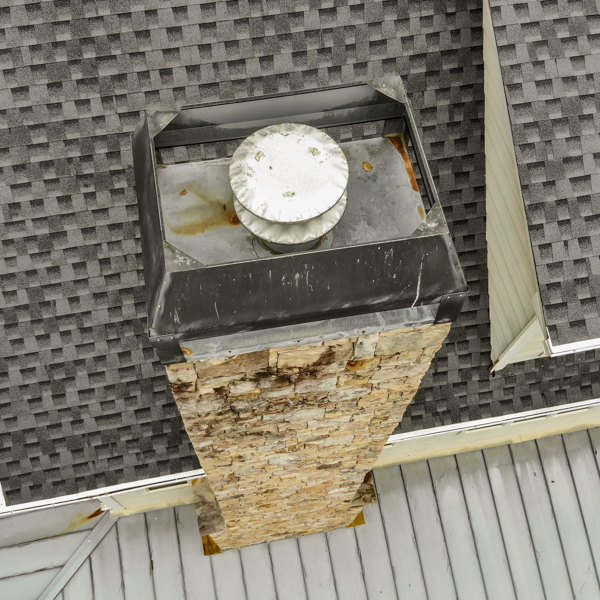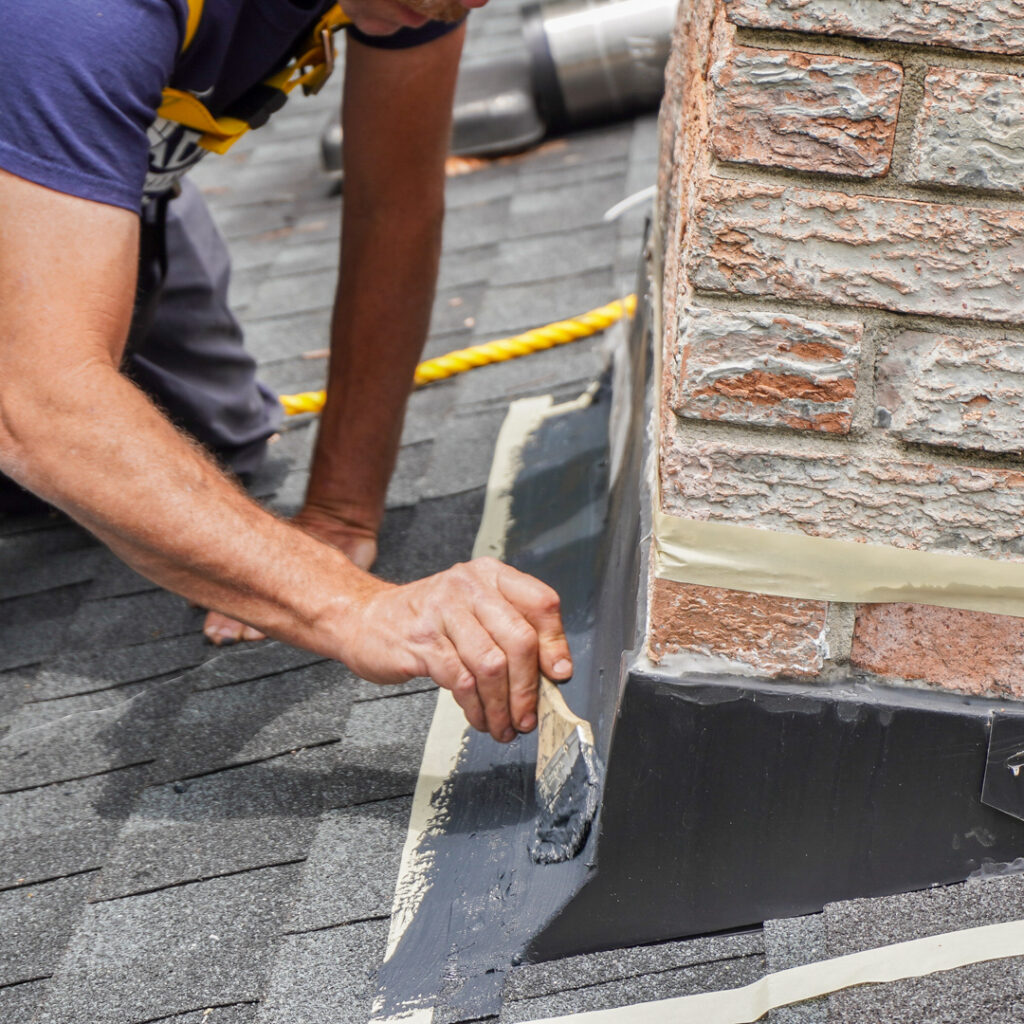National Fire Prevention Week
From October 5 to 11, the National Fire Prevention Association (NFPA) will celebrate National Fire Prevention Week. This has been annually observed for over 100 years. The first weekly celebration was in 1922. Officially proclaimed a national observance by President Calvin Coolidge in 1925. This celebration has continued yearly since that time.
This year’s theme is “Charge into Fire Safety: Lithium-Ion Batteries in Your Home.” NFPA is providing important education to everyone regarding the purchase, charging, and recycling of Lithium-Ion batteries. You can find educational materials on their website to help with a successful campaign. The focus is on preventing fires caused by these batteries. There are three steps that NFPA is focusing on this year.
 Charge into Fire Safety:
Charge into Fire Safety:
- Buy products only from the manufacturer. When buying products that use Lithium-Ion batteries, look for those safety certification markings such as UL, ETL, or CSA. If you see these markings, you know that they meet important safety standards.
- Safely charge your devices. Your product will usually come with cords. Always use the cords that came with your product. When new cords or chargers are needed, always purchase directly from the manufacturer or one that is approved by the manufacturer. Charge on a hard surface. Avoid charging on blankets or under pillows; allow air to flow around your device when charging. Don’t overcharge. When fully charged, remove from the charger. Don’t keep your charger on your device overnight.
- Recycle batteries properly. Lithium-ion batteries should not go in the regular trash or recycling bins. Check with your local town as to where to dispose of Lithium-ion batteries. They can usually give you information on this. Visit call2recycling.org if your town doesn’t offer recycling options for Lithium-Ion batteries.
Community Involvement
Local fire departments and schools are participating in this year’s National Fire Prevention Week. Fire departments will hold open houses, educational seminars, and materials for kids and parents. Locations will display how to use a fire extinguisher.
Schools will discuss the importance of knowing how to charge and recycle their Lithium-Ion batteries. Children will have the opportunity to print out color and activity pages to work on and learn. Schools can go to the website for additional school-age materials.
Community groups will hold educational sessions along with fire departments to bring all this information to different community groups.
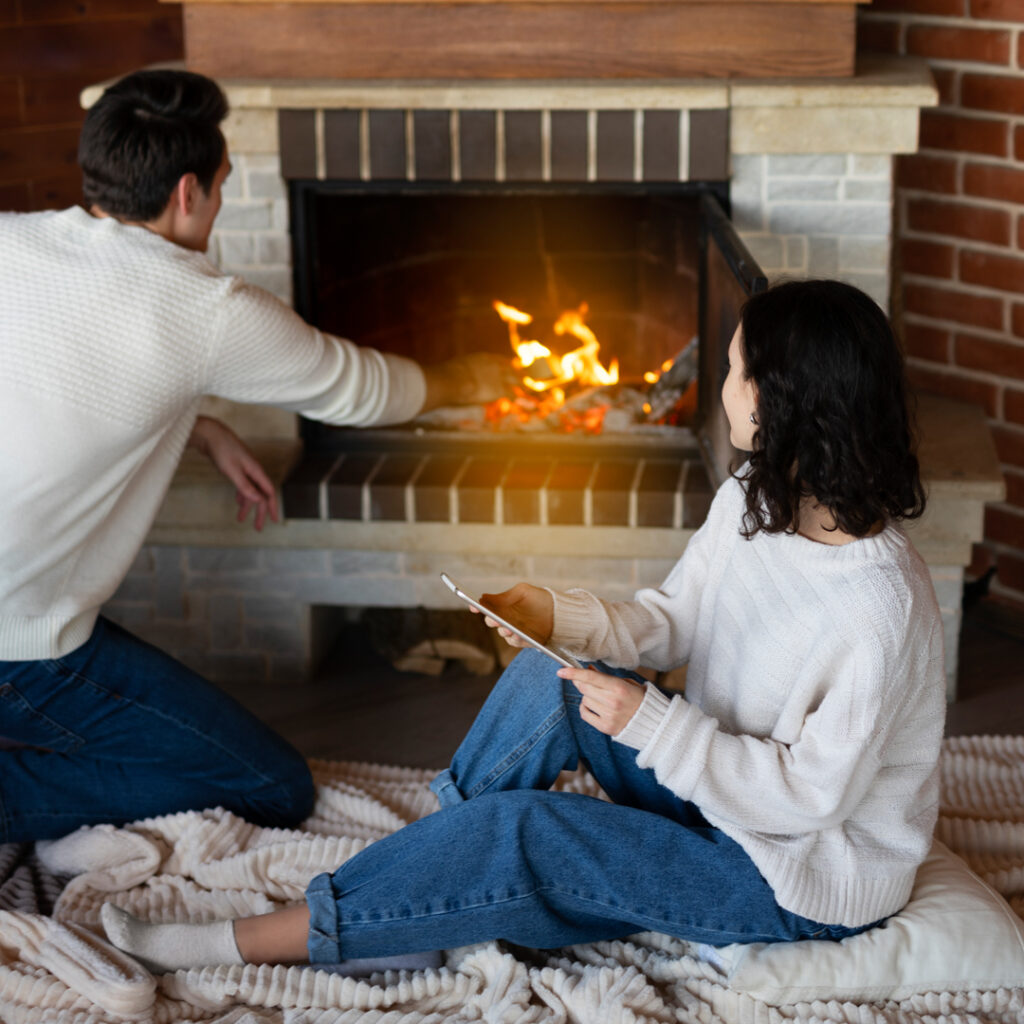 Join the National Fire Prevention Association in this wonderful celebration of education. Help them by continuing this very beneficial program by making this year’s event a success.
Join the National Fire Prevention Association in this wonderful celebration of education. Help them by continuing this very beneficial program by making this year’s event a success.
Professionals suggest that an annual Chimney sweep and inspection be conducted. When a problem arises, the best plan is to tackle it as soon as possible. This will cost you much less than if you let the damage to the fireplace and bricks go on too long.
Schedule your inspection or cleaning soon by calling Northeastern Chimney. We service all of Hartford, Tolland, and Litchfield Counties. All our chimney technicians are trained and qualified. We are active in the National Chimney Sweep Guild (NCSG).
The post National Fire Prevention Week appeared first on .
This post first appeared on https://www.mychimney.com
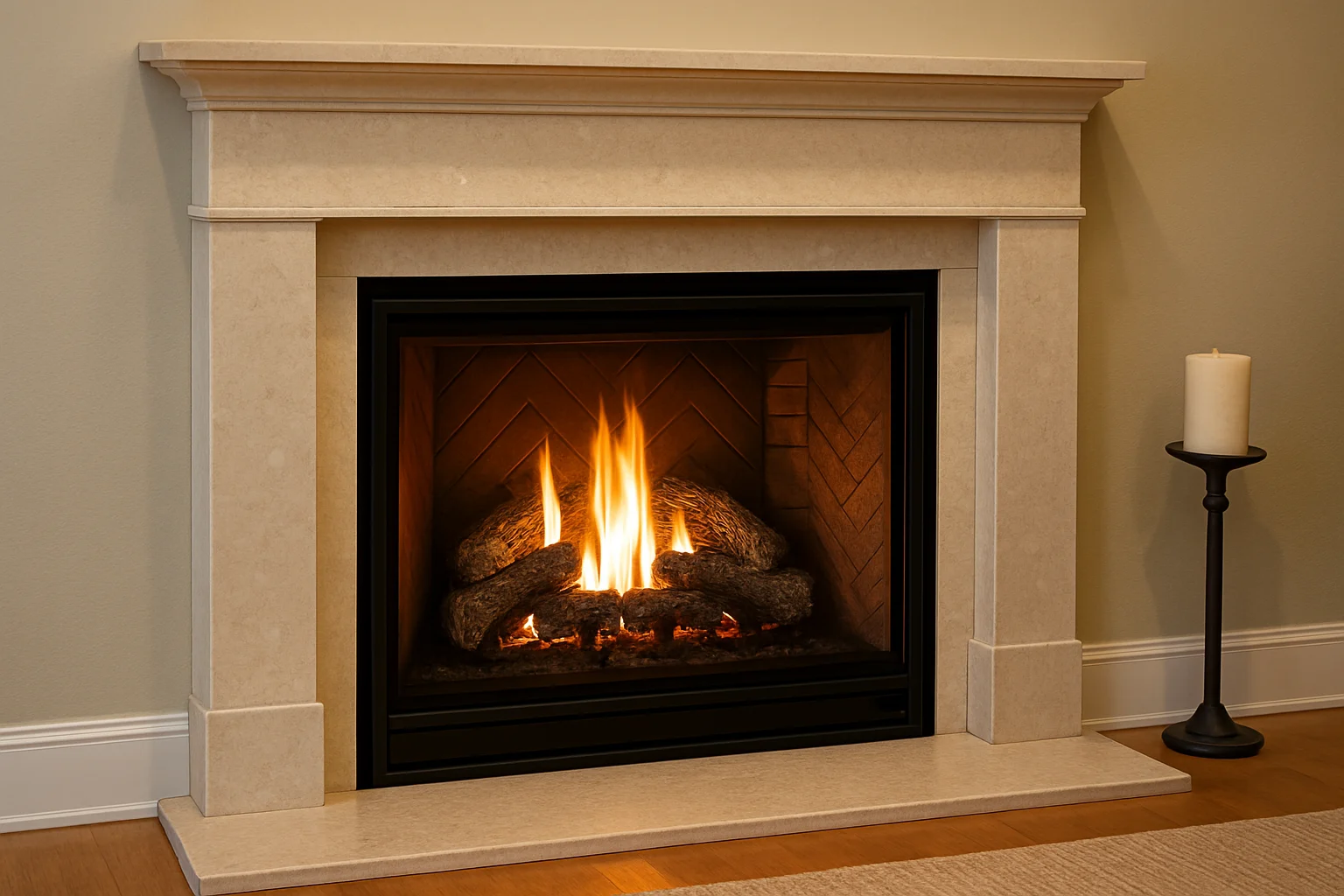
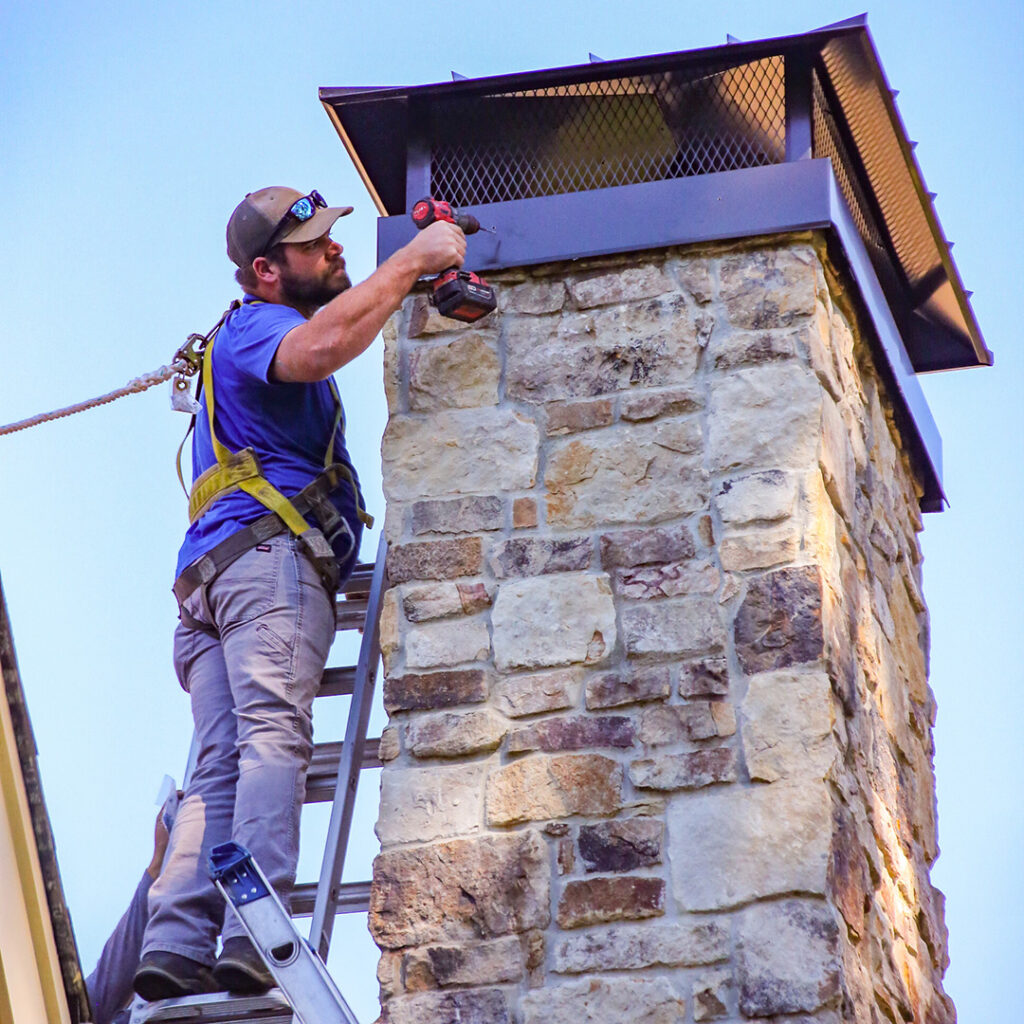 Keeps Out Rain and Snow
Keeps Out Rain and Snow